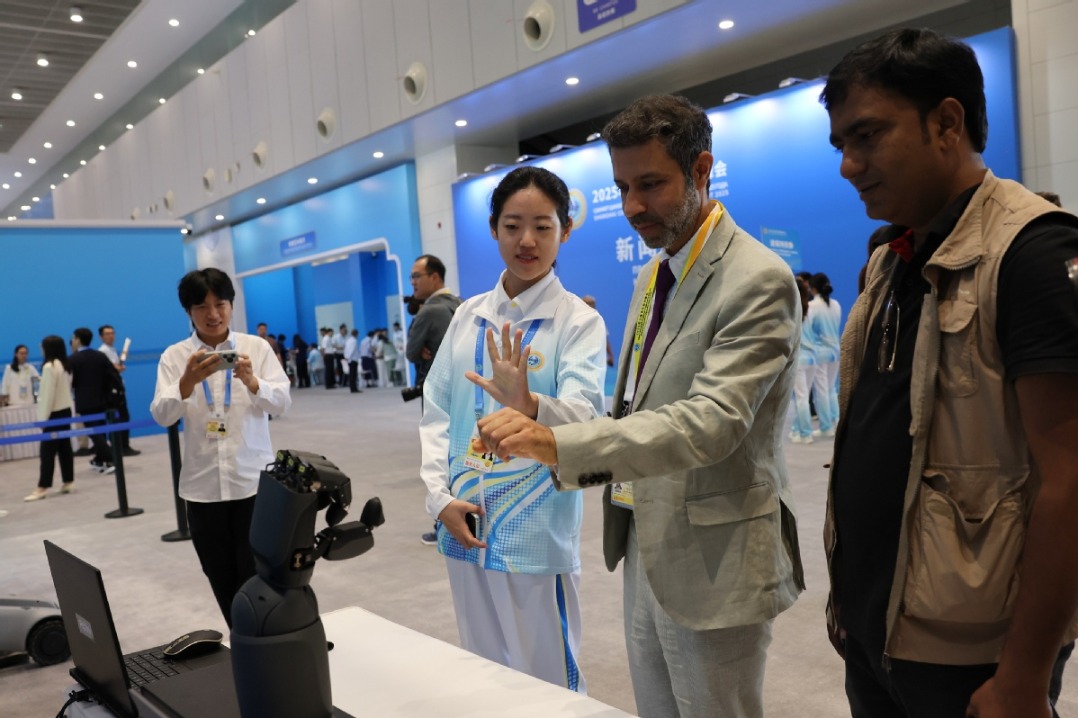Scientists discover microglia in peripheral nervous system, opening new pathways for treating neurological disorders

SHENZHEN -- Chinese scientists have, for the first time, confirmed the existence of microglia in the peripheral nervous system (PNS). This breakthrough provides novel insights into PNS development, opening new pathways for treating neurological diseases such as developmental disorders, nerve injury, abnormal pain and nerve viral infections.
The study, conducted by a research team at the Shenzhen Institutes of Advanced Technology (SIAT) under the Chinese Academy of Sciences (CAS), was published in the latest issue of Cell.
An international reviewer of the study commented: "This is a very important new discovery and frameshift in our understanding. Prior to this, we assumed there were no microglia-like cells outside the CNS (central nervous system)."
Immune cells, an essential part of the immune system, play significant roles in embryonic development, organ formation, maintaining body stability, and influencing disease occurrence and progression. Microglia, a subset of tissue resident immune cells discovered in 1919, have been thought to exist solely within the CNS, scientists explained.
However, a 2023 study of the team led by researcher Li Hanjie, also published in Cell, discovered microglia in human fetal skin, testicle and heart tissues.
"Initially, we observed microglia in non-CNS tissues but could not confirm their presence in the PNS. This uncertainty drove over a year of rigorous investigation," recalled Wu Zhisheng, first author of the latest Cell paper.
The team conducted experiments on diverse unconventional model animals, including humans, monkeys and pigs, collecting biological samples from wild and farmed sources and developing a novel research framework. Their efforts conclusively verified the existence of PNS microglia.
Further analysis of 24 vertebrate species-spanning fish, amphibians, reptiles and mammals-revealed that PNS microglia originated at least 450 million years ago in the common ancestor of bony fish. Notably, larger-bodied species exhibited larger neuronal somas and greater microglial abundance in the PNS, while smaller species showed minimal or absence of these cells.
"This suggests that during evolution, PNS microglia played a critical role in neuronal development and maturation in large-bodied vertebrates. Their presence was likely preserved through natural selection, evolving into immune cells whose abundance correlates with vertebrate body size," Wu explained.
"PNS microglia are absent in small vertebrates like mice and rats, which have long served as primary model animals for scientific research. This may explain why these cells remained undetected until now," said Li, the study's corresponding author.
The research leveraged cutting-edge infrastructure, including Shenzhen's major synthetic biology and brain science facilities, as well as the facility for phenotypic and genetic analysis of model animals at the Kunming Institute of Zoology of the CAS.
The discovery may reshape understanding of various PNS related disorders. For instance, dysfunctions of these PNS microglia cells may contribute to congenital PNS defects during fetal development. It may provide new drug targets for treating PNS hereditary neurological diseases, said Li.
In PNS nerve injury or neurodegeneration, activation of PNS microglia may clear damaged tissues and promote neural regeneration. Besides, during viral infections, they may shield neurons from pathogens.
In pain regulation, PNS microglia may respond to the neuronal signals via releasing pain-causing molecules or secreting analgesic factors to modulate the pain symptoms in patients. This "double-edged sword" characteristic offers the possibility of precise intervention for pain management, Li added.





































